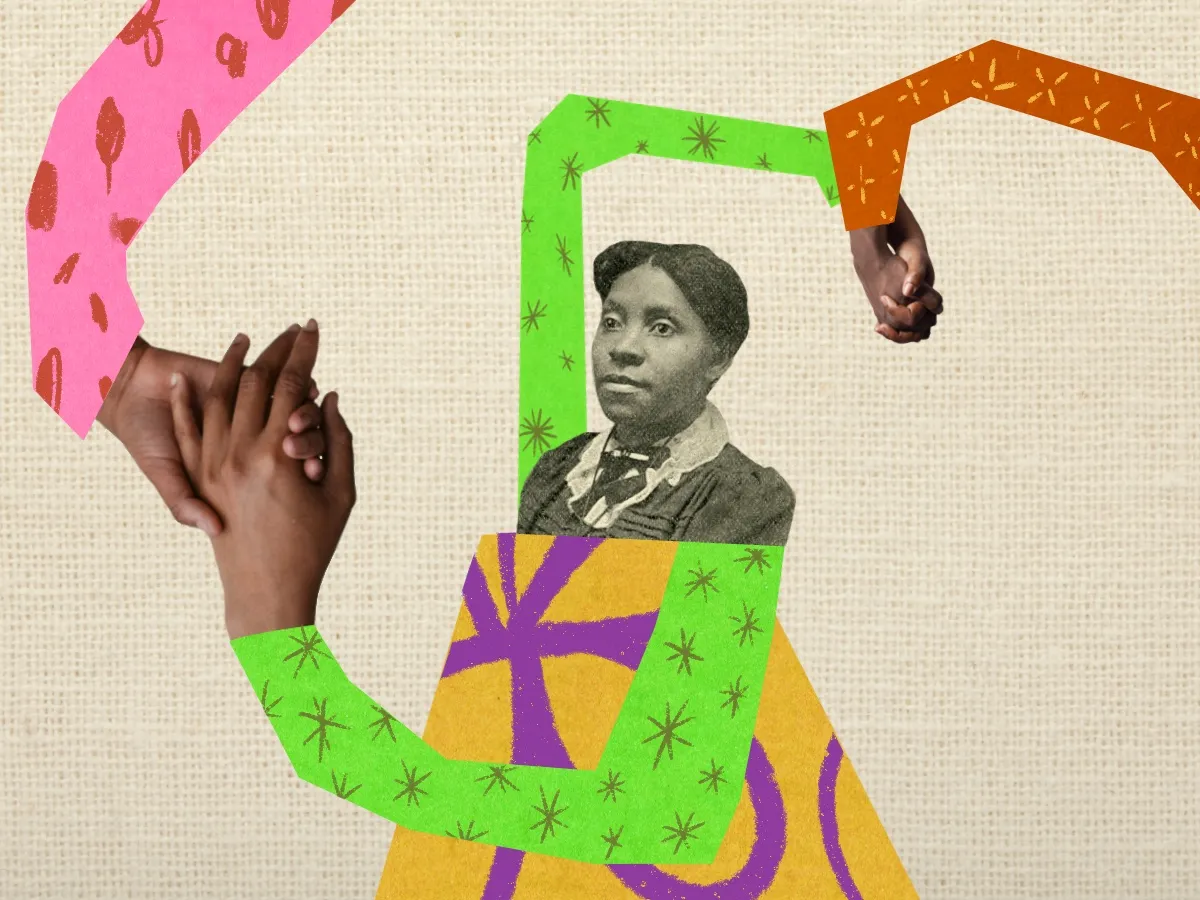This website uses visual plotting and intentional counter-mapping of mutual aid networks' activities and interactions to understand different types of governance. As a result, users will appreciate how these networks “fill in the gap” and rethink traditional governance by elected officials.
For the purposes of this site, we offer the following key terms and concepts
Lenapehoking: The subheader references that at Pace University-NYC we are on unceded Lenape lands and are the home to multiple Indigenous Nations and communities. More specifically, as stated by our community partner, Urban Indigenous Collective, "we are situated on the Island of Manhataan (Mannahatta) traditional lands of the Lenape, the Manahatin, the Canarsie, the Shinnecock, the Reckgawanc, Munsee and Haudenosaunee Nation. We pay respect to all of their ancestor’s past, present, and future. Manhattan has always been a gathering and trading place for many Indigenous peoples. An intersectionality of many tribes since immemorial, a place to gather and sometimes safety during intertribal warfare." Please follow Urban Indigenous Collective on instagram or here: https://urbanindigenouscollective.org/. UIC is a nonprofit organization but folds in community building, reciprocity, and mutual aid throughout its practices. See the blog on "Indigenous and Black/Afro-descendant roots of mutual aid" to learn more.
Mutual aid networks: when individuals and groups of people provide community care work as a part of building/drawing upon long-lasting relationships and commitment to social justice and liberation goals. These networks are not nonprofit, charity, or philanthropic organizations in which the "giving" and "care" occurs in a one-way direction. Typically, mutual aid arises from those most impacted by the care needs and from people living in communities and in connection with those most impacted by governmental/civil society harm, neglect, and structural violence. Mutual aid is based upon Indigenous and Black conceptions of reciprocity. Other blog posts reference these origins and additional resources.
Counter-mapping: practices of visualizing, remembering, and narrating memories and lived experiences that do not align with and often contradict "official maps" produced and sanctified by governmental bodies. Counter-mapping is an Indigenous practice of naming places, routes, and locations to resist and refuse settler colonial boundaries; sometimes sacred areas are left "unmapped" to ensure protection of those areas. Governance: encompasses all processes and institutions related to decision-making to address issues and problems. All forms of governance (via formal governmental processes and elected officials, grassroots community organizing, nonprofit and nongovernmental sector, and others) should be studied and evaluated to ensure that community needs are being met and to explore how to empower people to effect change in their lives.
Governance: encompasses all processes and institutions related to decision-making to address issues and problems. All forms of governance (via formal governmental processes and elected officials, grassroots community organizing, nonprofit and nongovernmental sector, and others) should be studied and evaluated to ensure that community needs are being met and to explore how to empower people to effect change in their lives.
Note: the featured image is an illustration by Ariel Aberg-Riger/Bloomberg Citylab from https://www.bloomberg.com/news/features/2020-12-22/a-visual-history-of-mutual-aid

